Setting Up a Company FOD Program
Establishing a FOD prevention culture within your Airline
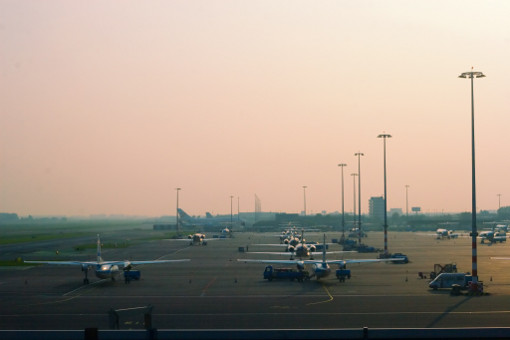 Managers often assume that by simply establishing a new “corporate safety culture” that they will impel workers to a greater safety focus with an overall reduction in FOD event generation.
Managers often assume that by simply establishing a new “corporate safety culture” that they will impel workers to a greater safety focus with an overall reduction in FOD event generation.
But In practice, management and line staff don’t always respond the same way to new information.
It is dangerous for managers to believe that just by declaring safety as a corporate goal, or by creating new safety training and policies, that they will guarantee a cultural shift that is embraced and supported by all workers.
In the real world, operational pressures and ingrained attitudes often weaken new safety initiatives as they filter down through layers of management, giving front-line workers mixed signals and confusing messages. Workers then perceive the current corporate safety culture effort as another “flavor of the month” program that will soon fade into oblivion.
Safety Is A Team Effort
So let’s use the analogy of organized football. Here, the league sets rules of the game similar to the “goals” and expectations laid out by corporate headquarters when defining their “new and improved” corporate culture. Much like the game of football, declaring a set of rules does not guarantee that the game will be played as expected.
The real action is up to the coaches and players. The local workers — the team — will develop their own perception of the importance of certain rules as well as an overall view of sportsmanship (ethical values). Much of the actual performance depends on shared beliefs, expectations, and team play.
In the same way that coaches inspire their teams, local line managers and workplace champions determine the direction of the local work culture. To have a winning (safety) team, these local influences (management and workers) must have a proper interpretation of the new operating procedures and actively pursue the designated safety initiatives — thereby effecting real change and creating a cultural shift.
Localized influences make or break any corporate safety initiative; any real success is a direct result of the investment of front-line managers and workplace champions.
Management Tools
The following tools have proven helpful in creating a FOD Prevention Program within the airline operations environment. An organization seeking to reduce FOD and FOD-related damages should implement as many of these as possible and remember that the operational target in any FOD Prevention Program should always be “zero”.
These FOD analyses increase recognition of problem areas and trends.
They also facilitate inspection results, incident data, mishap reports and feedback of progress.
Track performance and report your progress
- Visibility Charts – Statistical graphs derived from audit or incident data.
- FOD Report Card – A checklist of areas routinely inspected outlining areas of concern.
- Performance Review – Review of worker conformance to policies and procedures.
- Trend Analysis – Where have you been? Where are you going?
Employees need specific information about what isn’t working before they can be expected to improve the process. So tell them how they’re doing, good or bad. Honest, continual feedback is vital to any process improvement.
Plan for the long term
Too much FOD comes from poor housekeeping, ineffective practices, or poorly maintained equipment. So everyone who works around the aircraft must be involved in controlling these problems. And that means foreign object debris training.
FOD Programs are works in progress that require constant attention. As a result, every FOD plan needs to be regularly reviewed and updated.
Your FOD Program will help reduce employee injuries from flying debris as well as save money. A clean, organized work environment will also enhance the professional image perceived by your customers and fellow employees. When front-line workers have an active role in the process it shows.
Workers must acknowledge that FOD Prevention is part of their job; this needs to be incorporated during new hire training and reinforced. Following are several key factors in setting up a FOD Program that have proved to be successful.
Article Contents
- Management Tools
- Safety Representatives
- Individual’s Safety Role
- FOD Awareness
- Training
- Proper Containment
- Proper Equipment and Tools
- Sweeping Schedule
- Tool Inventory
- FOD Commitee
- Bird/Animal Feeding
- Ground Support Equipment
- Ramp FOD Inspections
- Cargo Bins
- Aircraft Support Equipment
- Personal Items
- Self Audits
- Conclusion
Safety Representatives
Designate local “safety representatives” to facilitate safety initiatives and monitor conditions, including the FOD Prevention Program. In most cases companies who attempt to create this type of system fail to provide enough manpower to support the development of the program.
For example, dayshift employees may feel that their shift is doing a great job and is effective in helping to create a safe work environment, but afternoon and overnight workers may not feel that their concerns are being addressed, since they rarely see the station safety representative.
To establish a safe work culture, ensure there is representation across the board on every shift and on every day. This demonstrates that management’s commitment to creating a safe and FOD free work environment is real.
Individual’s Safety Role
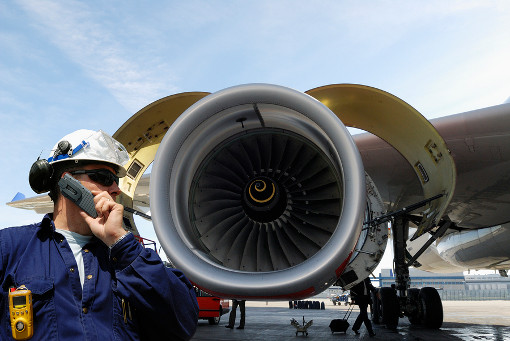 The majority of FOD in an airline’s operating environment is generated by individuals performing their job functions within aircraft servicing and movement areas.
The majority of FOD in an airline’s operating environment is generated by individuals performing their job functions within aircraft servicing and movement areas.
Increasing personal alertness to FOD and continually supporting the “Clean-As-You-Go” mentality will lower your costs and create a safer workplace. Individual workers can and must promote an environment that actively defends against FOD and FOD-related events.
FOD Awareness
This is the keystone of your Ramp FOD Prevention efforts. The management team should ensure that FOD removal and prevention are common agenda items in daily briefings and scheduled meetings. In addition, to maximize FOD awareness, FOD campaigns and FOD fairs should occur on a semi-annual basis.
Training

Condition new employees to recognize potential FOD hazards right from the start by learning the “Clean-As-You-Go” mentality. All airport and airline personnel, including airport tenants, need annual training in the identification and elimination of FOD.
This training is easily reinforced through the use of FOD posters and signs. Effective instruction sessions stress safety to personnel and passengers, hazards to equipment, direct costs associated with FOD damage, and the indirect costs associated with flight delays and rescheduling. Training should include procedures for removing and eliminating FOD at its source. A review of recent FOD Report Cards will provide specific criteria to focus on.
Proper Containment
Keep FOD disposal bins or FOD Cans readily available, clearly marked, and handy at every gate. EPA requires that empty oil cans have a separate collection process so used oil containers should never be placed in a FOD collection receptacle.
Disposal bins should have lids to prevent wind from redistributing FOD back onto the ramp areas and to preclude water fouling the bottom of your container. It helps to have small FOD receptacles bolted to belt loaders. This makes it convenient for workers to clean while working flights, without having to walk to the front of the gate to dispose of debris. Line FOD containers with plastic bags for easy removal and replacement.
A specific policy must be developed and rigorously followed to insure FOD containers are emptied on a scheduled basis or at the end of the employee shift assignments.
Proper Equipment and Tools
Encourage fast, easy cleanup by making push brooms and shovels available at every gate. Magnetic sweepers mounted on equipment help pick up ferrous material. However, ferrous material is only part of the ground FOD threat. Most airport FOD comes from non-ferrous items like rocks, concrete, various types of plastic, paper, baggage parts and cargo wrap- pings.
Airport sweeping equipment come in many shapes and sizes, but two effective tools for clearing both gates and large open areas of debris quickly and thoroughly are our TracSweep® and FOD-Razor® Sweepers. Both are non-motorized, all weather and easy to use, clean and maintain. They are also affordable – costing a fraction of the acquisition and running costs of larger truck mounted vacuum sweepers.
Sweeping Schedule
Each individual needs to be responsible for his or her assigned areas and adhere to a posted schedule. General work areas must be addressed on each shift to ensure they are clean and FOD free. In addition, FOD containers should be scheduled for disposal a minimum of three times per week.
Each aircraft gate area must receive a FOD Walk prior to every flight arrival and again prior to each departure. Transitional duty personnel coming off injuries can supplement FOD Prevention efforts as long as they do not exceed the physical limitations of medical restrictions.
Regular sweeping of ramp and taxiways should be coordinated with the local Airport Authority for all airport property that is not leased by the tenant.
Tool Inventory
Use a tools audit checklist to ensure that all are inventoried and accounted for after every use in or around the aircraft. In addition, oily and dirty rags need to be disposed of in a proper manner because they pose a serious safety hazard due to their serious flammability risk.
In the late 1980s an aircraft caught fire due to a misplaced oily rag; the aircraft was a total loss. This illustrates that even the most seemingly inconsequential items can have devastating effects. Take no Foreign Object for granted!
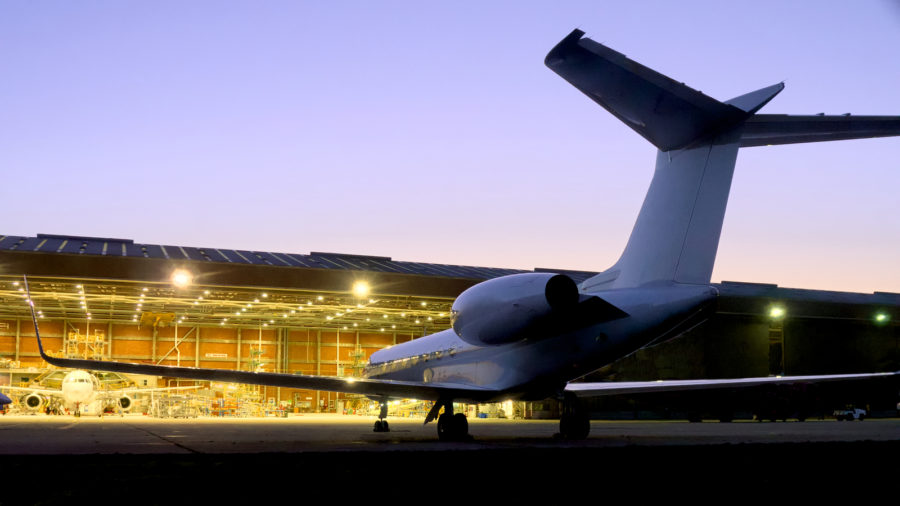 FOD Committee
FOD Committee
Airside and landside construction activities, as well as scheduled maintenance, should be communicated to airport users as early as possible. Airport preconstruction planning should include a means for controlling and containing FOD generated by the construction.
Contractors must fully understand the requirements and penalties written into their contracts regarding the control and removal of FOD. This is especially true in windy environments where debris is more likely to become airborne. Access to and from the construction sites should avoid areas of aircraft operation if at all possible.
Convene FOD meetings at least once a month with all departments that come in contact with the aircraft — including any vendors and contractors. Each vendor should recognize the FOD hazards that their department can create. Notify affected departments of any unique FOD Prevention requirements.
Bird/Animal Feeding
Yes, birds and other animals are considered FOD and are an enormous hazard to aircraft. They cause millions of dollars in damage each year. You may have seen the stripe of paint on the engine intake cone. Part of its function is to deter birds from flying into the engine area when at idle.
Under no circumstances should bird feeding be allowed on airport property.
Do not leave unattended food out in ramp areas where birds can get at it. Don’t assume employees should know this — emphasize the hazards and the reasons to stay alert.
Debris Removed from Ground Support Equipment
When not in current use, all unattended items should be removed from ground support equipment and stowed securely. This may include paper products from carts or tugs. More often than not these items end up blowing around on the ramp if not removed promptly.
Flashlights and wands can also become a problem if not stowed correctly. Stowing them on the floor of a tug is not a good idea; they can roll beneath a pedal and impede driver operation. The cabins of all tugs should always be clear of any debris for this reason. In addition, loose debris in the beds of pickup trucks should be minimized and removed after every shift.
Ramp FOD Inspections
A ramp inspection with the local airport authority should be scheduled and performed regularly. Loose and eroding concrete or asphalt pavements are serious FOD risks. Pavement joints and cracks are a haven for FOD, so be sure to check engine paths around these areas.
In addition to a ramp surface inspection, a runway inspection should be performed at the beginning of each day. (This can also be accomplished as an agenda item of each airport FOD meeting. What better time to get all FOD committee members out on the ramp to identify real or potential FOD problems and reach agreement about needed corrective actions?)
Cargo Bin Cleaning
Cargo bins seem to collect a lot of garbage — which can cause FOD mishaps. Periodically inspect bins and remove the trash. Aircraft that remain overnight in your station should have the bins inspected for debris and cleaned when necessary.
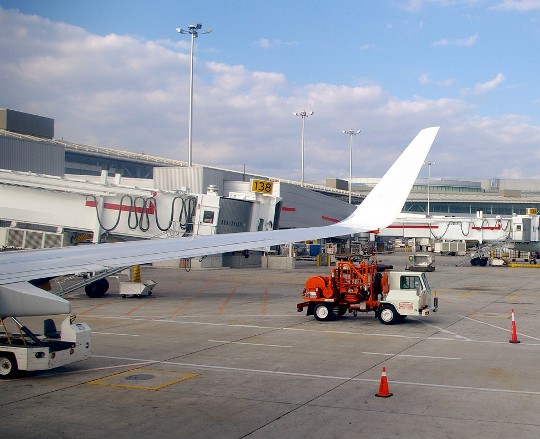 Aircraft Support Equipment
Aircraft Support Equipment
Loose equipment such as cones, air conditioner hoses and ground power cords should all be considered hazards if not stowed correctly.
Know where the danger zones are for blast and suction for your type of aircraft. If the aircraft is not properly spooled down, arrival items such as air conditioner hoses are easily ingested. Keeping a clear pathway for parking aircraft is essential to maintain a safe environment.
All equipment should be outside of the wingtips until the plane has come to a complete stop and the engines idle down.
Personal Items
Individual property is often overlooked as a FOD threat. Instruct ramp personnel not to leave any personal items near aircraft. These items include hearing protection, vests and kneepads.
All items such as raincoats, jackets, gloves, caps and food or beverage items that are not being worn or used should be stowed and kept away from the aircraft. None of these items should ever be left unattended near an aircraft.
Self-Audits
Frontline workers need specific information about discrepancies before they can be expected to improve the process. Self-audits should be performed at least one time per month (and informally as part of the daily routine). The results can be recorded, used as part of the FOD Report Card, and at minimum should be shared at monthly FOD meetings.
Evaluating the amount of FOD, what type, and where it was found is a good start in pinpointing problem areas. After a problem has been defined, subsequent meetings should focus on the corrective actions taken and evaluate the results. Then you can update and make adjustments to your written FOD Program if necessary.
Let’s face it — no one enjoys picking up FOD. Appropriate motivational techniques help keep the front line involved in the cleanliness of work areas. Using different methods to motivate and taking the time to recognize or reward good work is very important. FOD Prevention is a never-ending battle.
Awareness Is Key
While your imagination can certainly yield other good ideas for your organization, a few successful methods are listed below:
- FOD Walk “Piece of the Day” – During off-peak periods get the team to walk the work area and physically pick up debris. To make this a bit more fun and interesting, select a FOD “Piece of the Day.” After the workers come in with their collected FOD, whoever has the most of that specific item receives a five-dollar lunch voucher or movie tickets.
- FOD Holiday Tree – During the annual holiday season have a contest with other stations to see which can create the most interesting Foreign Object Debris tree. Gate agents collect FOD and use interesting pieces as tree ornaments. Each station sends in a picture to be judged by the corporate FOD committee. The winning team is awarded a holiday dinner.
- Caught in the Act – This program rewards positive behavior on the spot. For example, if a worker were “caught” with a broom in his hand cleaning an area without being asked, he would be awarded a lunch voucher on the spot.
- Cleanest Gate Award – The workers who have the cleanest gate during the day may get recognition from the Supervisor with the Cleanest Gate of the Day Award.
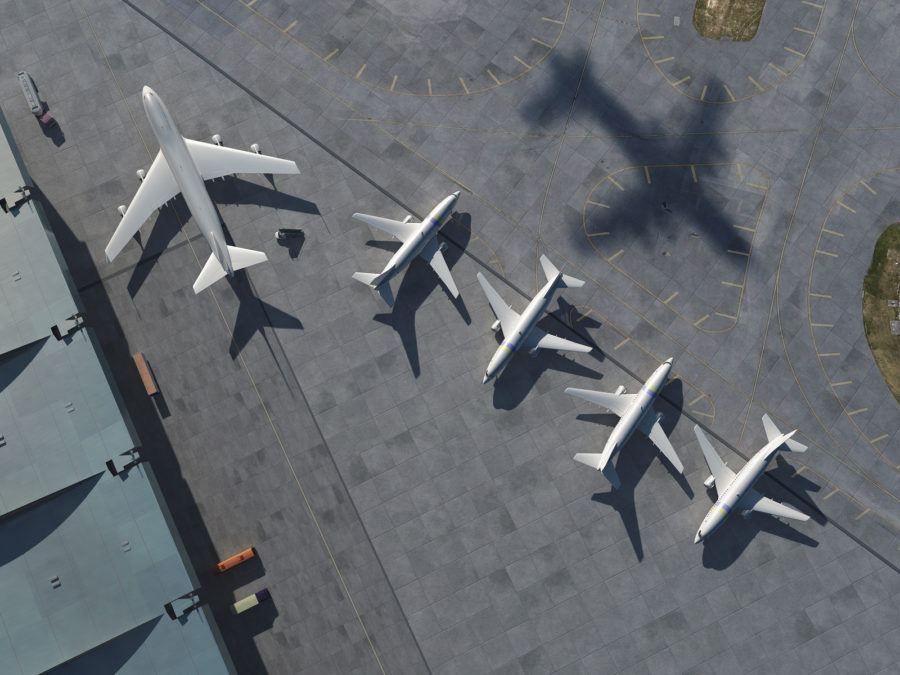 Conclusion
Conclusion
Whatever path your organization takes to a FOD awareness culture, first establish a collective safety focus. This applies to the airline industry as a whole. Each airline must encourage the establishment of an effective event-reporting system recognizing human factors and other causes which lead to FOD events. The reporting system should act as an industry-wide database, enabling even the smallest company to benefit from the combined knowledge.
Also critical to maintaining a safety culture is a system that allows a fair means of adjudication and discipline. Such a system provides consistent and fair assessments of causation and emphasizes open communication over blame and punishment.
We Are All In It Together
The aviation sector must actively seek to learn from our mistakes. And this requires increased dedication, learning, and consistent commitment of resources, energy and time.
If we are successful at this endeavor, we will one day eliminate most threats from airport operating environments.
FOD knows no boundaries; So FOD control should have no company boundaries. Everyone who owns an aircraft must ensure that, not only are your own FOD Programs up to par, but your competitors (who share airfields) have good FOD Programs as well. To further enhance safety, implementing rigorous aircraft maintenance tool control practices is essential. This ensures that all tools are accounted for after maintenance tasks, reducing the risk of any tool being left behind and causing damage. We need every ramp we fly into to be clear of FOD in order to protect our aircraft, assets and people.
